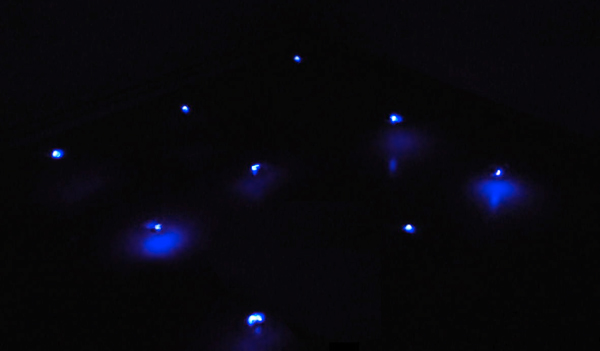Flyfire, a project initiated by the SENSEable City Laboratory in collaboration with ARES Lab (Aerospace Robotics and Embedded Systems Laboratory) aims to transform any ordinary space into a highly immersive and interactive display environment. In its first implementation, the Flyfire project sets out to explore the capabilities of this display system by using a large number of self-organizing micro helicopters. Each helicopter contains small LEDs and acts as a smart pixel. Through precisely controlled movements, the helicopters perform elaborate and synchronized motions and form an elastic display surface for any desired scenario.With the self-stabilizing and precise controlling technology from the ARES Lab, the motion of the pixels is adaptable in real time. The Flyfire canvas can transform itself from one shape to anFlyfire, a project initiated by the SENSEable City Laboratory in collaboration with ARES Lab (Aerospace Robotics and Embedded Systems Laboratory) aims to transform any ordinary space into a highly immersive and interactive display environment. In its first implementation, the Flyfire project sets out to explore the capabilities of this display system by using a large number of self-organizing micro helicopters. Each helicopter contains small LEDs and acts as a smart pixel.
Flyfire
Immersive and interactive display
Immersive and interactive display
Flyfire concept video

Single Flyfire helicopter, with circuit board exposed.

Flyfire swarm.

Initial flight test, 3 x 3 grid of 9 Flyfire helicopters.


